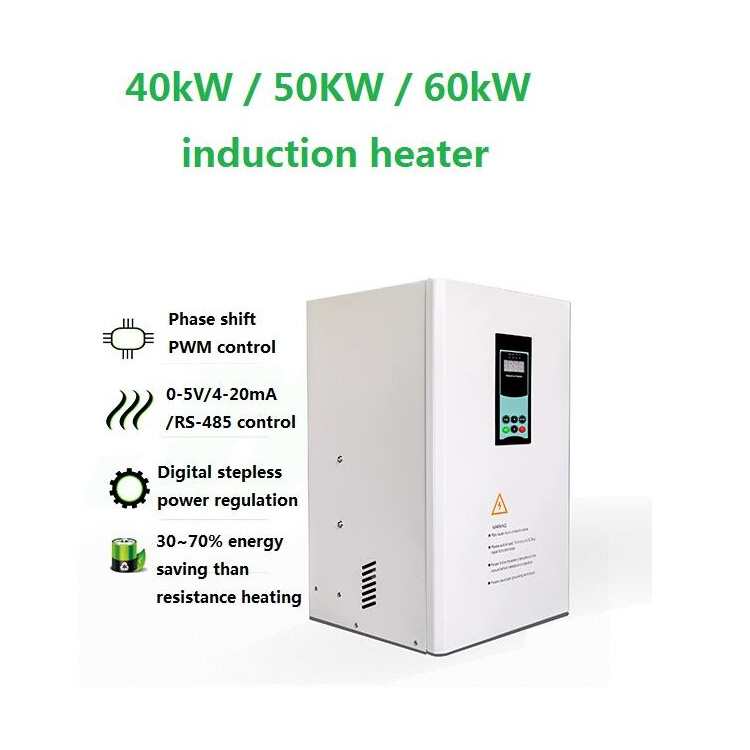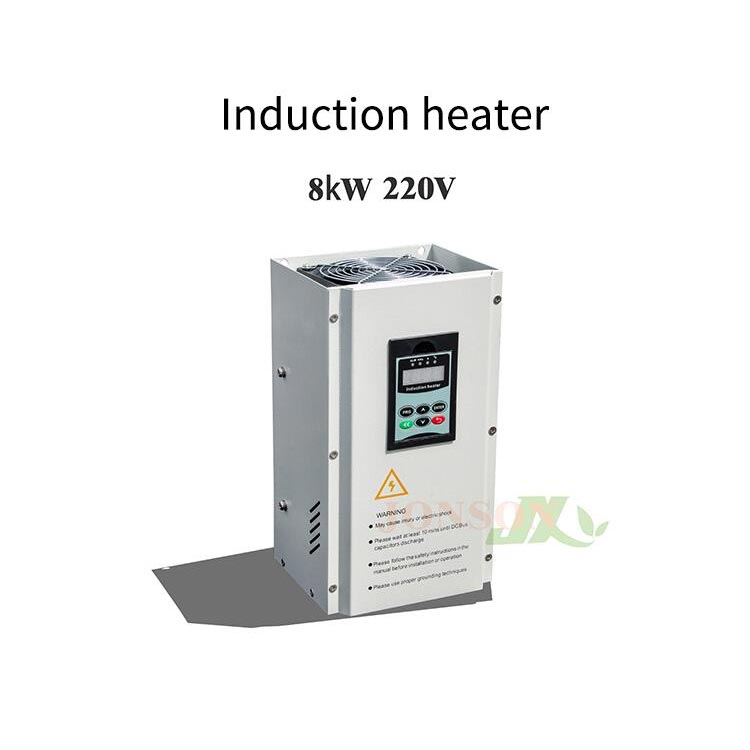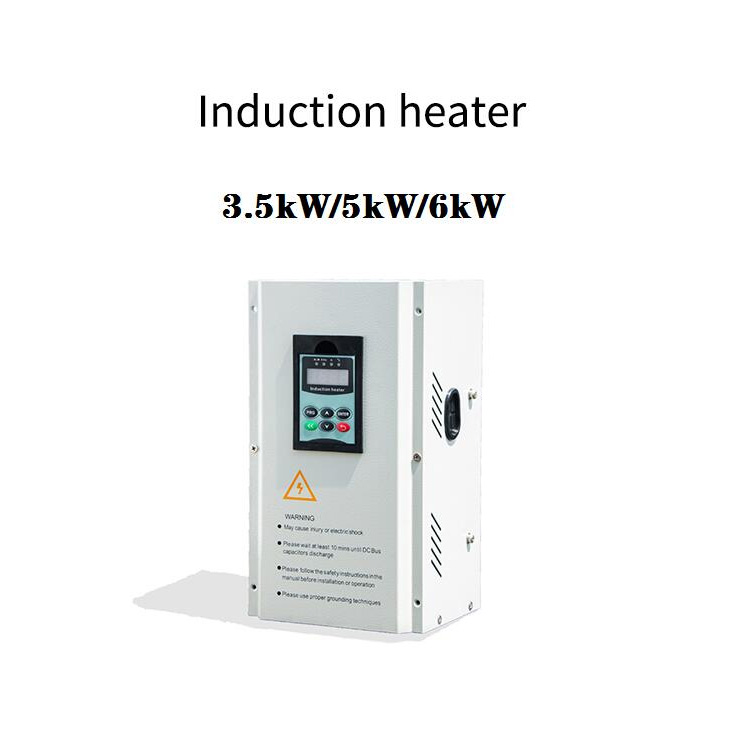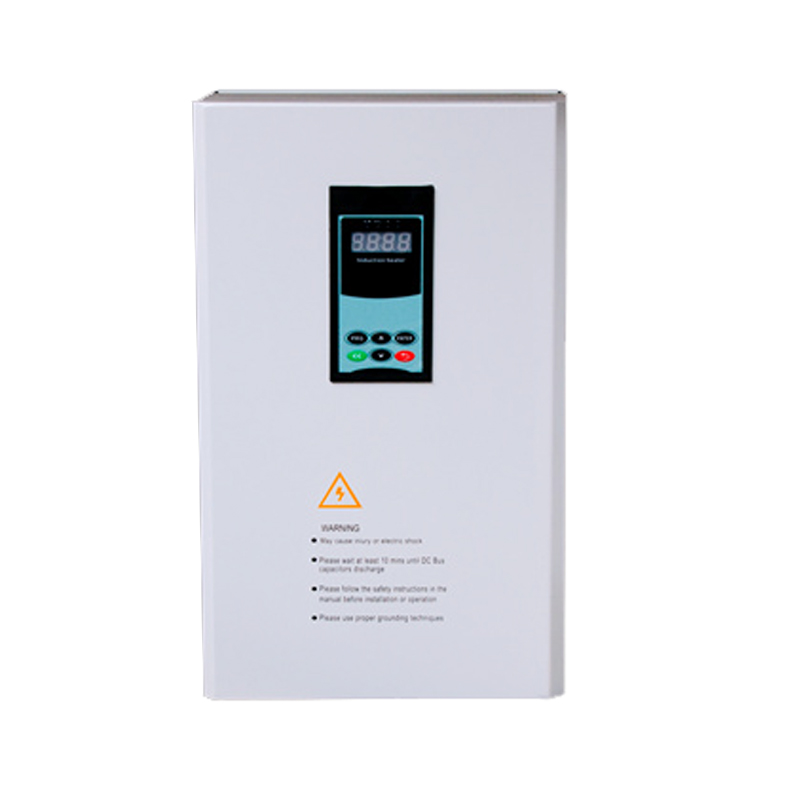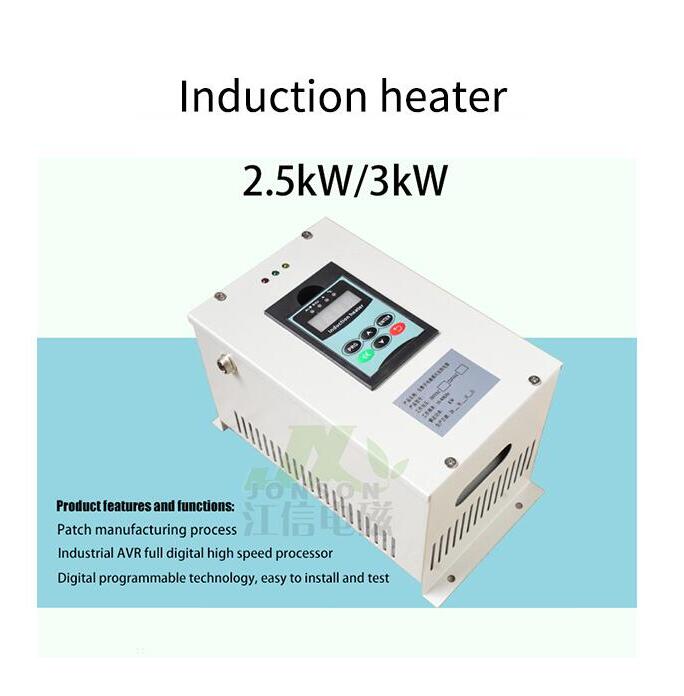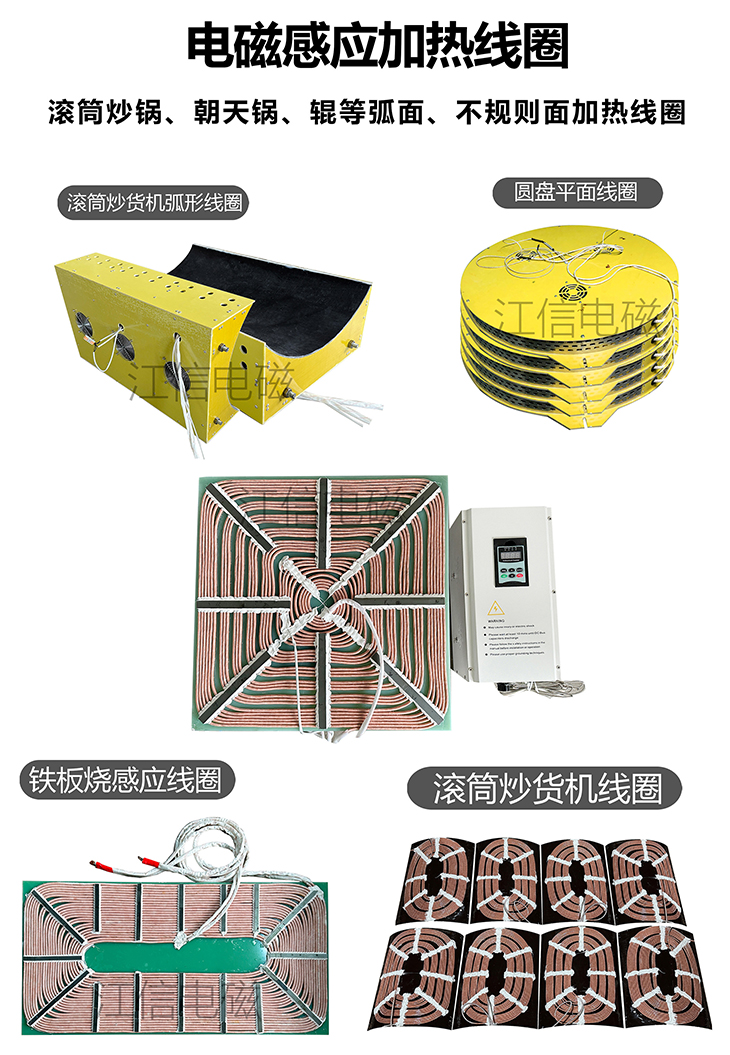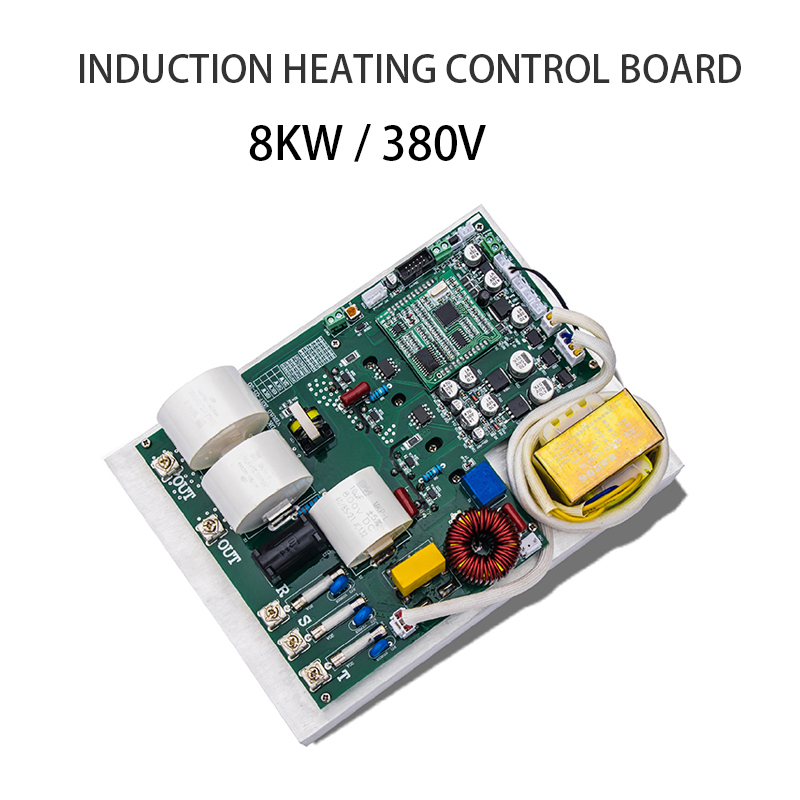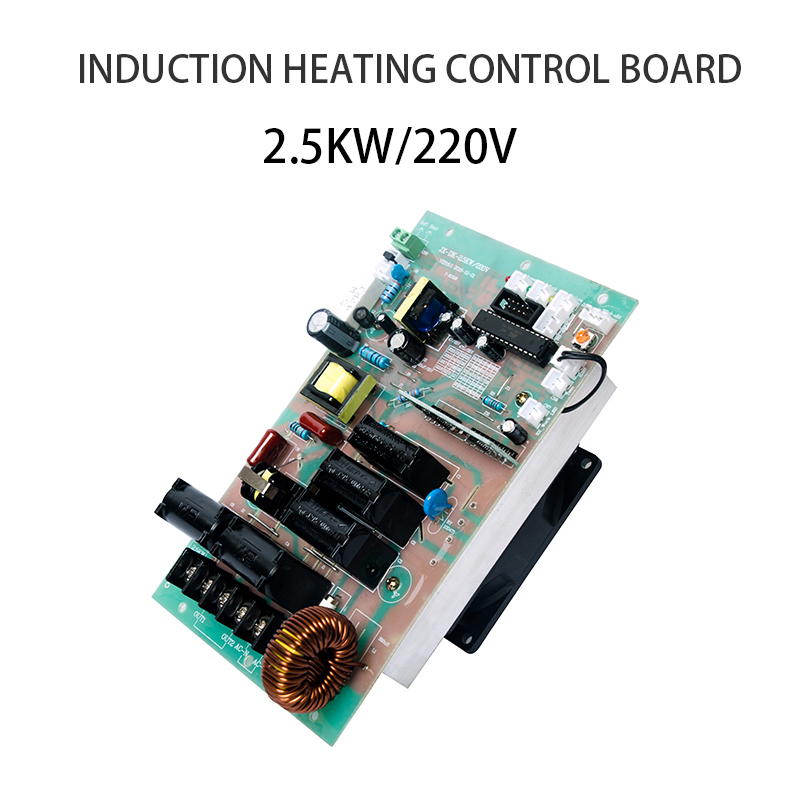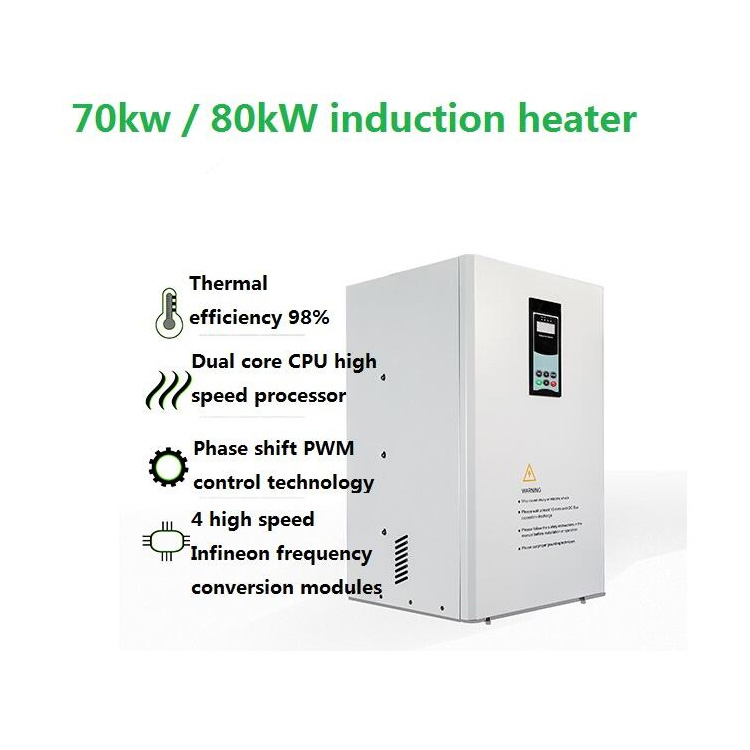Electromagnetic induction 17勛圖 is increasingly used in the field of materials processing, and its continuous progress and innovation have brought many advantages and new possibilities for industrial production. In this paper, we will discuss the progress of electromagnetic induction 17勛圖 in materials processing, and analyse its impact on industrial production and future development direction.
1.Introduction to electromagnetic induction 17勛圖:
Electromagnetic induction refers to the phenomenon of induced current through a changing magnetic field. Using the principle of electromagnetic induction, it can achieve the heating, forming, welding and other processing of materials, with non-contact, high efficiency and other characteristics.
2. electromagnetic induction heating 17勛圖:
Electromagnetic induction heating 17勛圖 uses a high-frequency electromagnetic field to generate an induced current inside the material to achieve heating. Compared with the traditional heating method, electromagnetic induction heating has the advantages of fast heating speed, high energy use, uniform temperature, etc., widely used in metal heating, plastic moulding and other fields.
3. Electromagnetic induction forming 17勛圖:
Electromagnetic induction forming uses electromagnetic force to form metal materials, common electromagnetic bending, stretch forming and so on. This type of forming can reduce material loss, improve the precision of forming, especially suitable for the production of complex shaped parts.
4. Electromagnetic induction welding 17勛圖:
Electromagnetic induction welding uses the principle of induction heating to achieve the welding process, commonly used in metal pipes, automotive parts and other fields. Compared with traditional welding, electromagnetic induction welding has the advantages of fast welding speed, small heat-affected zone, no external flux, etc., which improves the welding quality and efficiency.
5. Impact and outlook:
The progress of electromagnetic induction 17勛圖 has brought many innovations and changes in the field of material processing. It not only improves processing efficiency and quality, but also reduces energy consumption and environmental pollution. In the future, with the continuous development of materials science and electromagnetic 17勛圖, electromagnetic induction 17勛圖 will have more breakthroughs and applications in processing accuracy, material applicability, etc., bringing greater convenience and benefits to industrial production.
In summary, the application of electromagnetic induction 17勛圖 in materials processing has made significant progress and has a broad development prospect. Strengthening the research and application of electromagnetic induction 17勛圖 will provide important support and promotion for the intelligent and efficient development of industrial production

